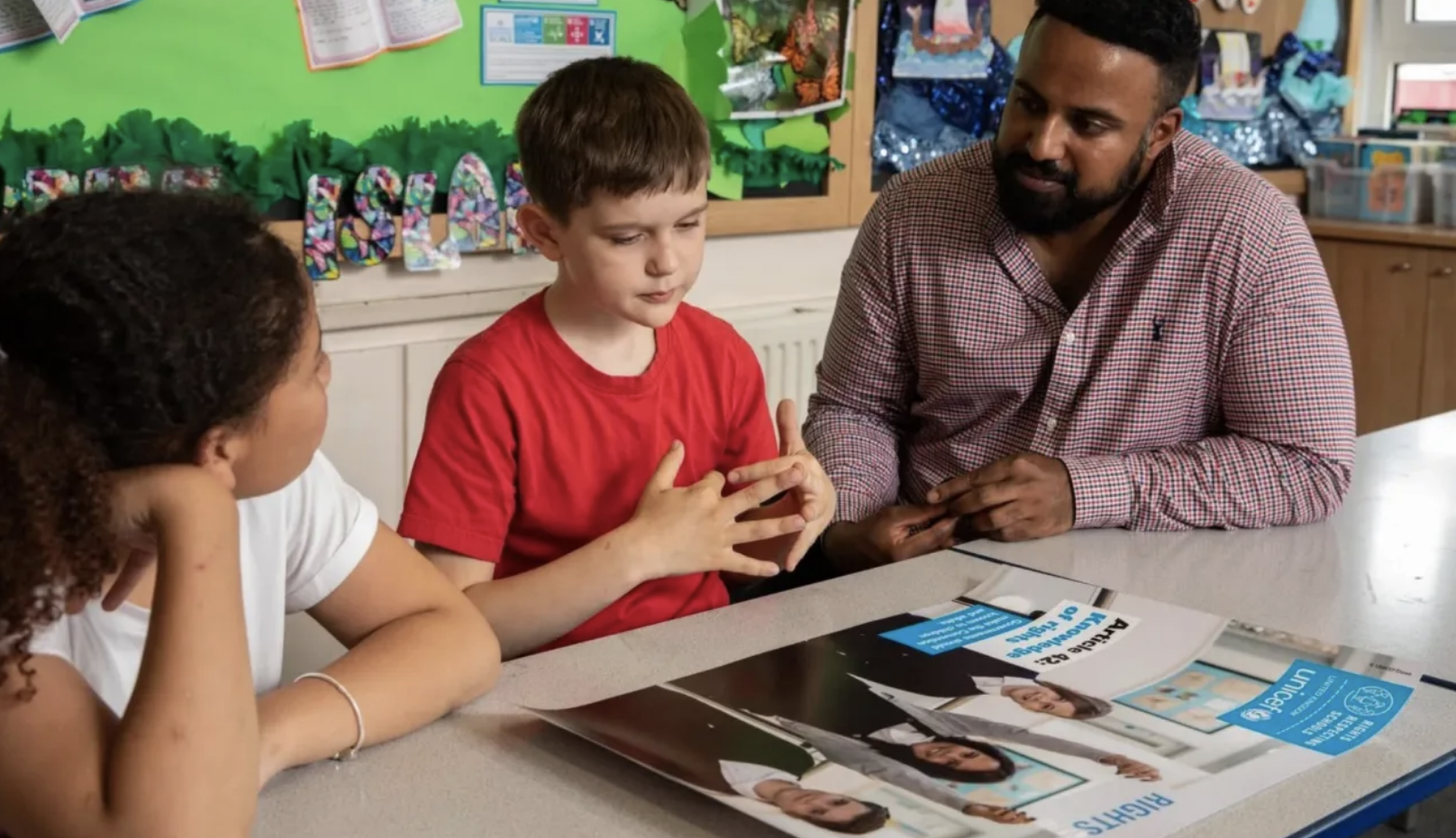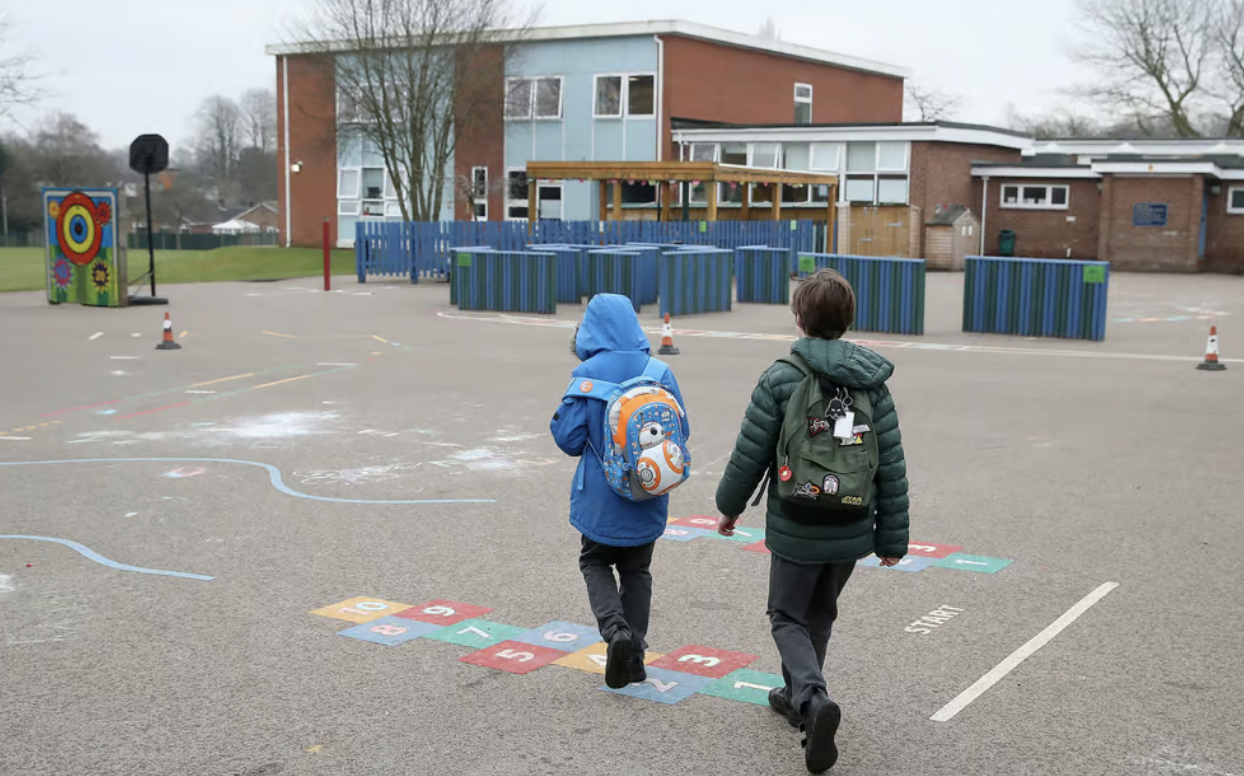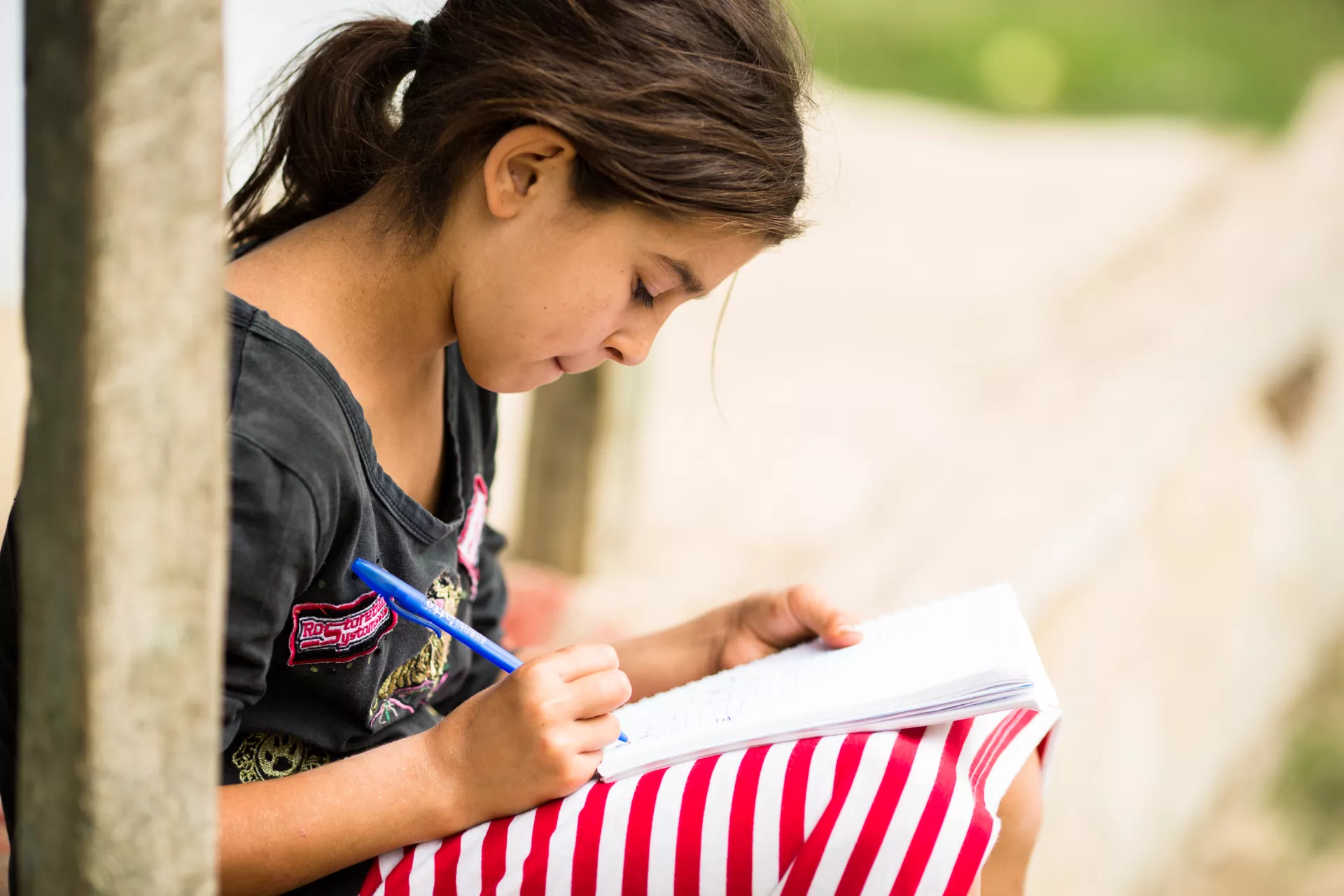London Schools at Risk from Decline in Student Numbers
Examining the critical impact of young people in shaping international development policies and driving sustainable change
In 2023 there were already at least half a million unfilled places at primary schools, an increase of around 100,000 in 5 years. Today's reports show further decline at each level of the British education system. In the next four years, numbers of pupils are expected to fall by 4% in reception and nursery, and 3% in secondary schools. By 2028, the number of primary school students is expected to decrease by a further 58,000.
Primary Schools Impact
- 650,000+ spare spaces in 2024/25
- Equivalent to 25,000 classes
- Potential reduction of 31,500 specialized teachers
- 12% of primary schools in deficit, up 4% in 4 years
Primary schools are easily the worst hit, with numbers falling at over twice the national average, with over 650,000 spare spaces in the 2024/25 year. With an average class size of 26, this corresponds to over 25,000 classes and needing to cut over 31,500 specialised teachers.

Education, specifically for the youngest children, is really important. Kindergarten and primary schools are especially important for children to begin to enjoy learning and form core opinions and ideas.
Impact on Special Education
These problems exacerbate the challenges on schools' budgets, already burdened by other problems. Most likely, reductions in pupils would cause further budget cuts, and the need to delicately balance their expenses would cause teacher reductions. Specifically, these reductions would impact students who need the most care, Special Educational Needs and Disabilities (SEND) students, and making primary schools less inclusive.
School Responses and Challenges
In reality, findings have shown that schools are most likely to respond to these changes by just cutting classes, instead of other options like reducing class sizes and trying to keep the number the same. What is more worrying however is that the percentage of schools in deficit is growing rapidly, at the end of the 2022/23 school year, this percentage was 12% for primary schools, up by 4% in 4 years, and with current trends only increasing, that 1% per year is only expected to rise.


Root Causes
It's very difficult to actually change the drops in pupil numbers, since the main cause is the decreasing birth rate in London. Many families are finding the cost of living financially unsustainable and are moving out of the city, and less families are moving in compared to previous years. Many homes are owned by very rich people who don't reside there full time, and the remaining homes for sale or for rent cost too much for the average person.



